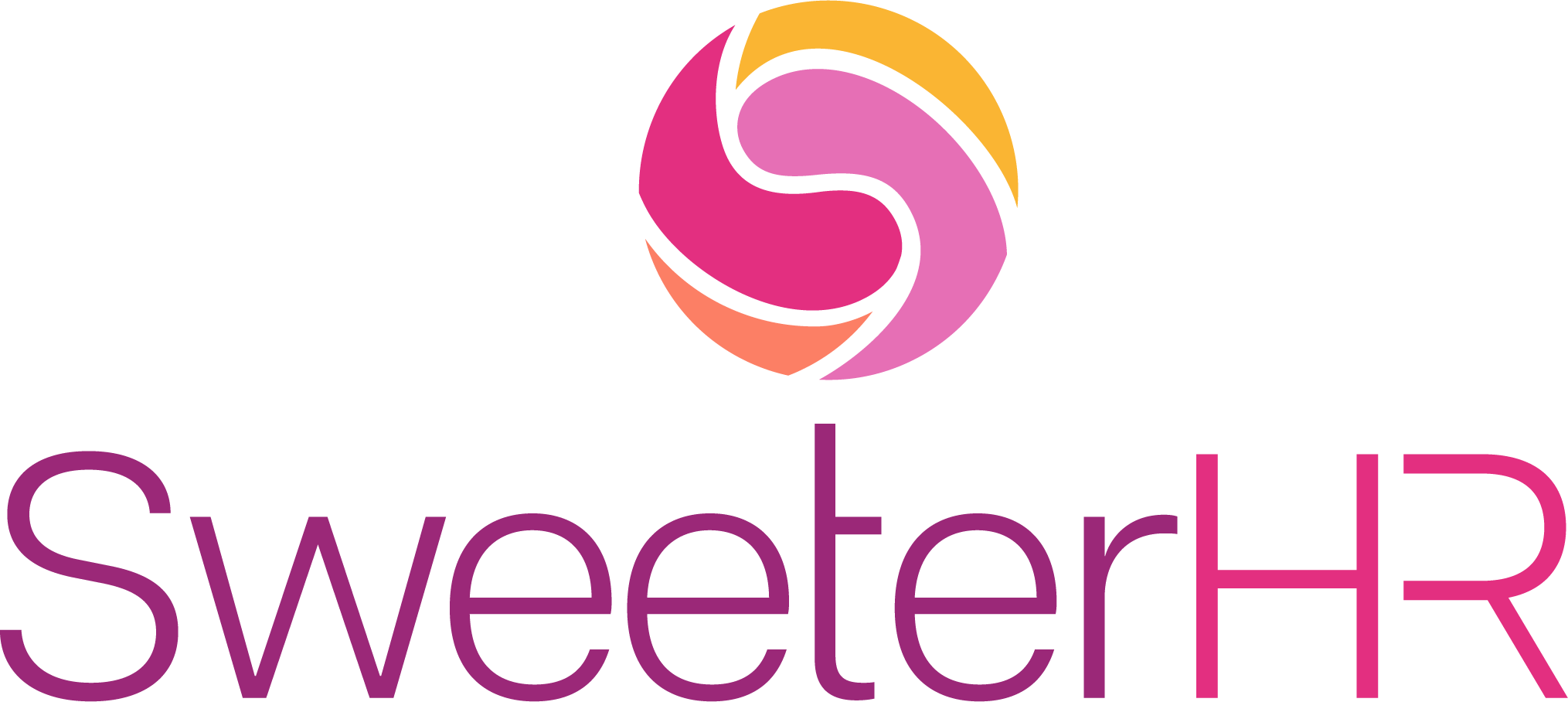Let me explain it by painting a picture… Have you watched a screaming child in a grocery store? You know the one, shrilling at the top of his lungs, echoing his voice through the entire store, shaking his fist toward something he wants? Chances are this child is a victim of Intermittent Reinforcement.

Sometimes we, as parents, say “no” to our kid’s initial demand. However, when a child starts to complain louder, sometimes we give in because we’re so exhausted we just don’t want to hear the complaint anymore (or perhaps, after saying “no” we realize our kid was awesome for the day, deserves the treat, and we reverse our first “no”).
Sometimes, we are strong and our “no” means “no”. Sometimes, our “no” may mean “yes”. There isn’t a regular ratio of firm “no” responses to “no”-turned-“yes” responses. Our kids learn that sometimes mom or dad means “no” and sometimes (if they carry on long enough) “no” can be turned into a “yes”. They don’t know when it will happen, but they know there is always a possibility they will get what they want if they try hard enough.
Intermittent Reinforcement strengthens the behavior (screaming) by rewarding that behavior on an unscheduled reward system. We can strengthen employees’ behavior without even knowing it because of intermittent reinforcement. If it isn’t by design, rarely is the behavior that is strengthened positive. Gambling is another example of Intermittent Reinforcement.
Now am I suggesting Intermittent Reinforcement is the best design for employees? Not always. But it is a form of Positive Reinforcement which is an effective tool in your employee management toolbox.
Using psychology to strengthen employee behavior in a positive, engaging way, is a no brainer. When a client comes to me with employee issues. I don’t think about the behavior we want to eliminate. I think about the behavior we want to create. I then start to create a policy to reward the desired behavior. The rewards don’t have to be expensive. It should be something your employees care about. This is why I discuss on my website the importance of knowing what your employees’ value and why they work. Sometimes I create a reward system that is multi-prong, to hit different values of different people. Using a reward system encourages buy in and creates excitement which increases engagement.
Operant Conditioning: Positive, Negative, Reinforcement, and Punishment
Reinforcement is any action that increases behavior. Punishment is an action that reduces a behavior. Reinforcement and punishment can both be positive or negative. Positive is the addition of something that changes behavior. Negative is the removal of something that changes behavior. In regard to HR, Positive Reinforcement is adding an extra benefit (PTO, bonus…) to encourage a behavior (bringing in new customers, not exceeding current PTO, retention).
Negative Reinforcement is the removal of an annoying or unpleasant stimulus in response to a desired behavior. I see this with micromanagers who tell their employees “freedom must be earned”. The micromanagement is an annoying action that the employee wants to remove. Employees work hard not because they are inspired to do so but because they want to remove the stress of micromanagement.
Punishment is not like negative reinforcement, although many mistake it as the same. Positive punishment is adding an undesirable stimulus (like micromanagement-picking on micromanagement today) when an employee underperforms. The addition of a stimulus looked at as negative, removes the behavior, underperforming. Negative Punishment is removing a stimulus to decrease behavior. This is akin to taking away a toy when a child misbehaves.
So next time you want to reduce a behavior in your employees, think about the opposite, the behavior you want to encourage and find a way that appeals to your employees to reward the behavior. This will make your life easier and your employees happier!

